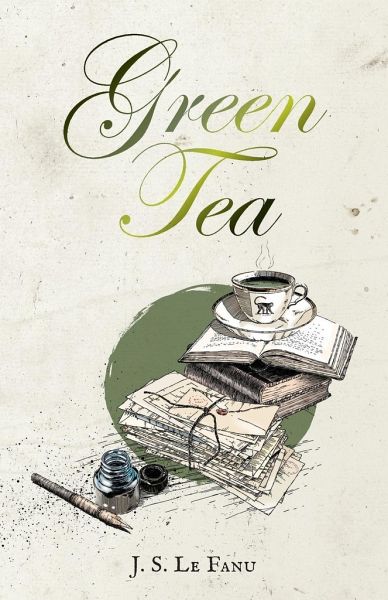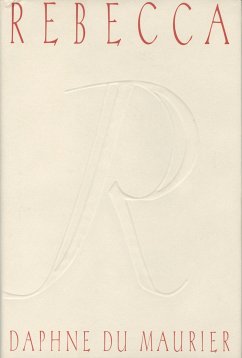
Green Tea
Versandkostenfrei!
Versandfertig in 1-2 Wochen
16,99 €
inkl. MwSt.
Weitere Ausgaben:

PAYBACK Punkte
8 °P sammeln!
"The delight of hell is to do evil to man, and to hasten his eternal ruin." - Swedenborg Published alongside "Carmilla" in the landmark collection In a Glass Darkly (1872), Le Fanu's "Green Tea" was first serialised in Charles Dickens' magazine All the Year Round in 1869. Since its first publication, Le Fanu's tale has lost none of its potency. "Green Tea" tells of the good natured Reverend Jennings, who writes late at night on arcane topics abetted by a steady supply of green tea. Is he insane or have these nocturnal activities opened an "interior sight" that affords a route of entry for an i...
"The delight of hell is to do evil to man, and to hasten his eternal ruin." - Swedenborg Published alongside "Carmilla" in the landmark collection In a Glass Darkly (1872), Le Fanu's "Green Tea" was first serialised in Charles Dickens' magazine All the Year Round in 1869. Since its first publication, Le Fanu's tale has lost none of its potency. "Green Tea" tells of the good natured Reverend Jennings, who writes late at night on arcane topics abetted by a steady supply of green tea. Is he insane or have these nocturnal activities opened an "interior sight" that affords a route of entry for an increasingly malignant simian companion? This 150th anniversary edition of "Green Tea", with illustrations by Alisdair Wood and an introduction by Matthew Holness, is the definitive celebration of Le Fanu's masterpiece of psychological terror and despair.













